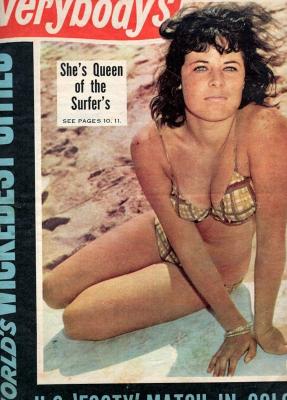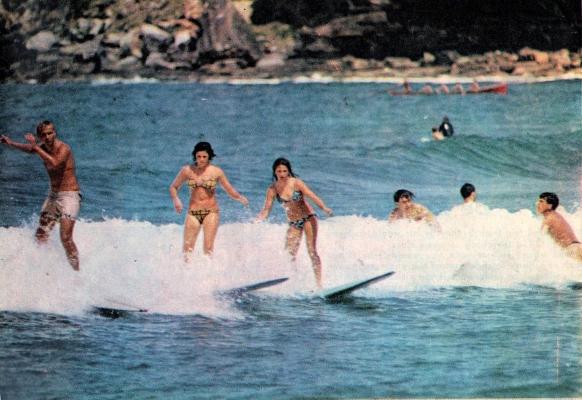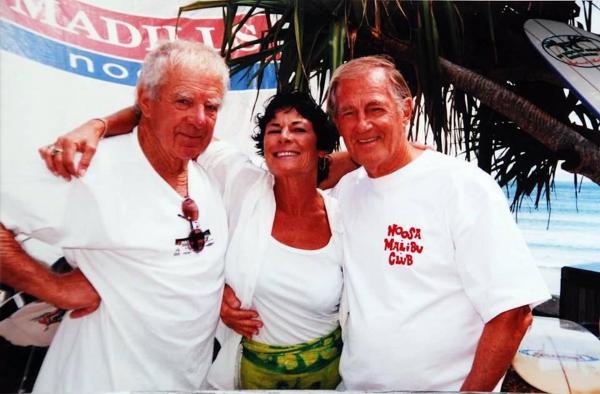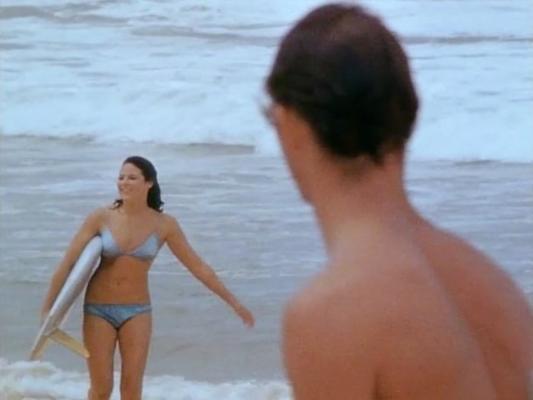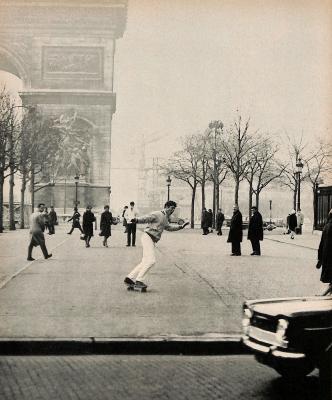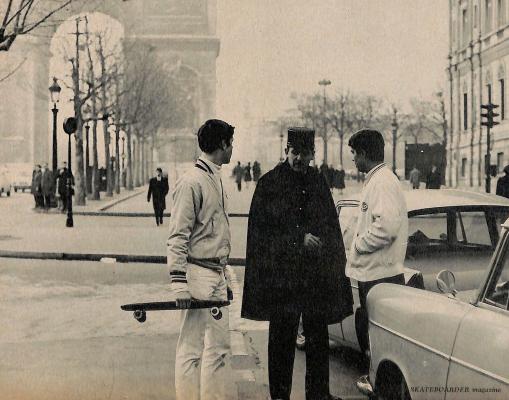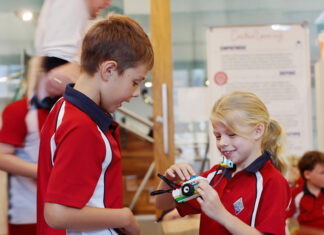“Some of these kids are just too much,” chuckles film-maker Bruce Brown in one of the creepier and more lascivious narrated sequences in The Endless Summer, the most successful surf movie of all time.
The star of that sequence, shot at Sydney’s Palm Beach in December 1962, was 15-year-old Pearl Turton, who passed away in Palm Beach last month, aged 73, after a long illness.
Over the next decade, and particularly after the film was blown up to 35mm and distributed worldwide by Columbia Pictures, beautiful, bikini-clad Pearl was seen by millions as she playfully rides a wave to the beach after distracting the real stars, Robert August and Mike Hynson, to such an extent that they fall off every wave. Then, as she wiggles up the sand carrying her heavy board, we suspend disbelief as smiling, handsome, hair-combed Robert August comes into view waiting for her.
The cinematic love interest was short-lived, since Robert had to surf his way around the world for Bruce’s cameras, and I don’t know what happened off-screen back then, but I can report that when the two were reunited at the Noosa Festival of Surfing almost 40 years later, the atmosphere was crackling.
Back when sexism in surfing was rife, Pearl and fellow “femlin” Tanya Binning became our culture’s first sex symbols. Perhaps not surprisingly, our first world champion, Midget Farrelly, dated both of them, while the rest of us just drooled into our popcorn, or waited for the next issue of Everybody’s magazine.
A pom with olive skin and twinkling eyes, Pearl had migrated with her family as a toddler. Both Whale Beach and Palm Beach were a short walk over a steep hill from the family home, so she and her older brothers learned to body-surf at a young age, and were early adopters when the balsa Malibu surfboards arrived in the mid-1950s. By the time Bruce Brown filmed his cringeworthy sequence with her, Pearl was by far the best of the small group of girls who surfed Palmy all year round and hung out in front of Johnny Hawkes’ Beach Buffet with the members of the Beachcombers’ club. In 1963 she made it official by winning the women’s division at the fore-runner of the national titles, the Interstate Surf Meet, held at nearby Avalon, and followed it up later in the year with a strong showing at the Australian Invitational at Bondi.
As the surf craze took off, Pearl was suddenly everywhere, making the cover of magazines, starting her own advice column in Surfabout magazine, and even making guest appearances on Australia’s number one variety show, Bandstand, where host Brian Henderson tries and fails to get hip to this surfie trip. While Pearl’s high profile certainly encouraged girls to surf, this was not always welcomed, although by 1964, Surfing World magazine grudgingly admitted: “Whether you like it or not they’re here, and brother they’re here to stay – the girls, I mean.”
Although she rarely competed after 1963, Pearl remained a surfing sex symbol until she faded from view in the 1970s. But she made a brief return to the screen in 1979’s dramatic feature Palm Beach, in which surf champ Nat Young and fishing guru Ken Brown get higher billing than a Cronulla surfer named Bryan Brown. In a nice ironic twist, director Albie Thoms cast Pearl as a feminist.
When Pearl came to Noosa for the surf festival in 2000, she was still a dazzler, and she loved the joyful reunions. One night Robert August and Wingnut Weaver cooked a good old-fashioned California barbeque at Noosa Crest. I wish I’d had a camera when she and Robert danced in the moonlight.
Rest in peace, Pearlie, you will be missed.
Merde, c’est les flics!
While we’re in a nostalgic mood, I’ve been having a lot of fun researching and writing a big profile of the late Baron Arnaud de Rosnay for an American magazine. Arnaud, who disappeared while attempting to cross the Straits of Taiwan on a windsurfer in 1984, was briefly one of the world’s leading fashion photographers before devoting himself to extreme sports, but long before that, he and older brother, the distinguished scientist and author Joel de Rosnay were pioneering French surfers in Biarritz and foundation members of the Surf Club de Waikiki.
The de Rosnays divided their time between homes in Mauritius, Biarritz and Paris, where in 1964 Arnaud introduced the sport of skateboarding and organised the first French Championships at the Place de Trocadero, opposite the Eiffel Tower. Arnaud and his mates had soon spread themselves all over town, looking for the best hills and the smoothest pavements. The Parisians didn’t quite know what to make of it, particularly at the Champs Elysee, where “roller skating” was expressly forbidden.
The US Skateboarder Magazine, which published these pictures, picks up the story: “’I’m not roller skating, I’m skateboarding,’ Arnaud told the gendarme. ‘It’s a new sport, you should try it!’ The gendarme pulled back, looking at the skateboard in Arnaud’s hand as if it were a ticking hand grenade. He shook his head and that was all the skateboarding that day on the Champs Elysee.”
A few years later, when Arnaud was dating supermodel and actress Marisa Berinson and shooting her for the cover of Vogue, the pair skateboarded around Paris for days on end looking for locations. There were no arrests.

